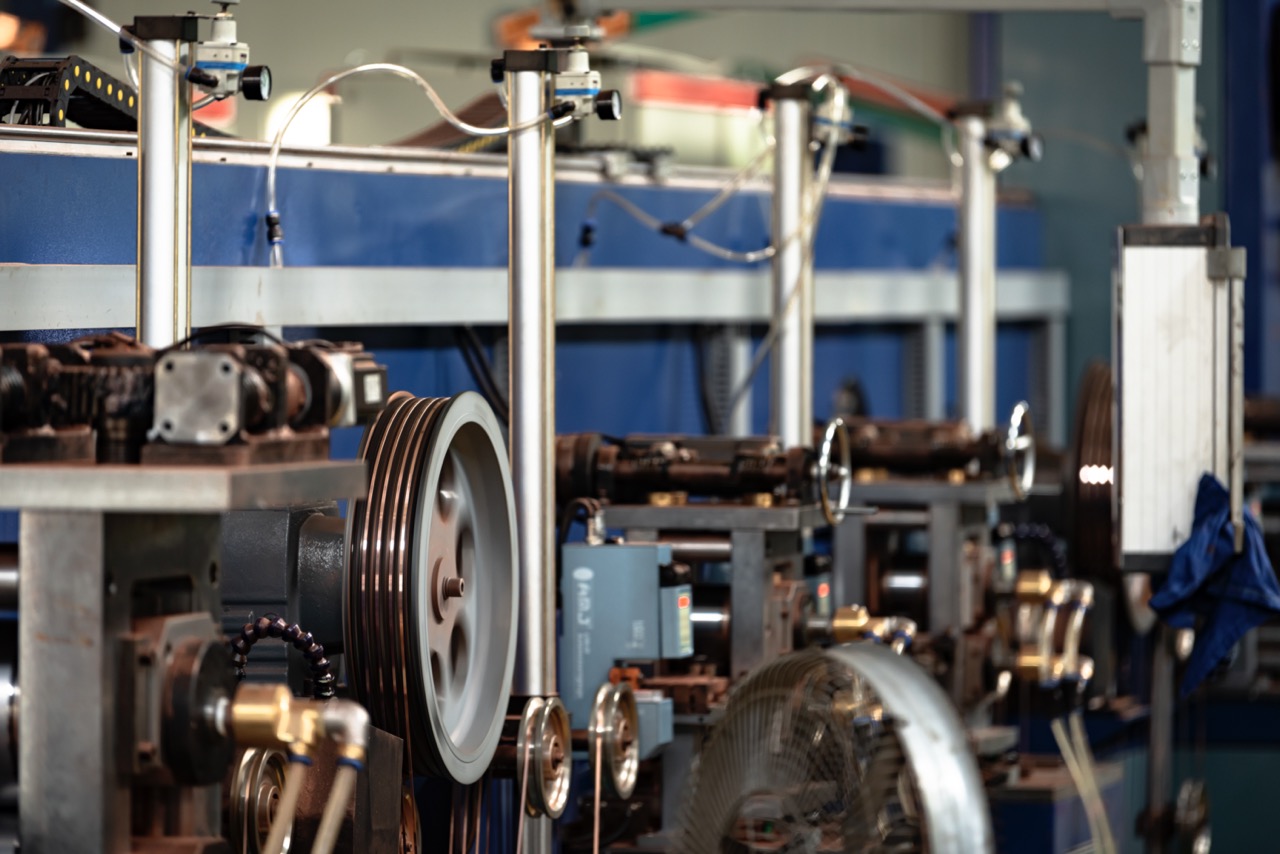The tabs are metal conductors that extend from the positive and negative electrodes of the battery and are connected to the battery casing (cylindrical/square) or external module structure (soft pack). Current must flow through the tabs to connect to the external battery.
Nickel tab batteries are divided into positive and negative electrodes. Tabs are the positive and negative electrodes that lead the metal conductor out of the battery cell, commonly known as the positive and negative electrodes of the battery, and are the contact points during charging and discharging. The contact point is not the copper sheet we see on the outside of the battery, but the connection inside the battery. The positive electrode of the battery is made of aluminum (Al), and the negative electrode is made of nickel (Ni). The negative electrode is also made of nickel-plated copper (Ni-Cu), which is composed of two parts: a film and a metal strip.
The current collector of the positive electrode is aluminum, and the current collector of the negative electrode is copper. The positive electrode tab is aluminum and needs to be welded to the aluminum on the cover to form the positive electrode. The negative electrode tab is nickel and spot welded to the copper current collector, but the negative electrode cover on the cover is generally copper-plated nickel.
The positive electrode voltage of lithium battery is very high. Ordinary metals will be oxidized under this voltage, producing metal ions and dissolving. However, aluminum will form a passivation film (aluminum oxide/aluminum fluoride) in the electrolyte to prevent aluminum from oxidizing and dissolving. Therefore, aluminum is generally used as a cathode collector and bump for lithium ions.
Another question is, can we use the aluminum sheet from the positive electrode for the negative electrode?

The reason why aluminum foil is used for the positive electrode is the same. The positive electrode has a high potential, and a dense oxide film can form on the aluminum surface, which is not easily corroded under high potential conditions. If used in the negative electrode, a lithium embedding reaction will occur under low potential conditions to generate an aluminum-lithium alloy. Therefore, it cannot be used in the negative electrode. This is only considered from an electrochemical perspective.
Tab material manufacturersRAYTRONWe produce a wide variety ofBattery Tab Materials, completely customized according to customer needs.
